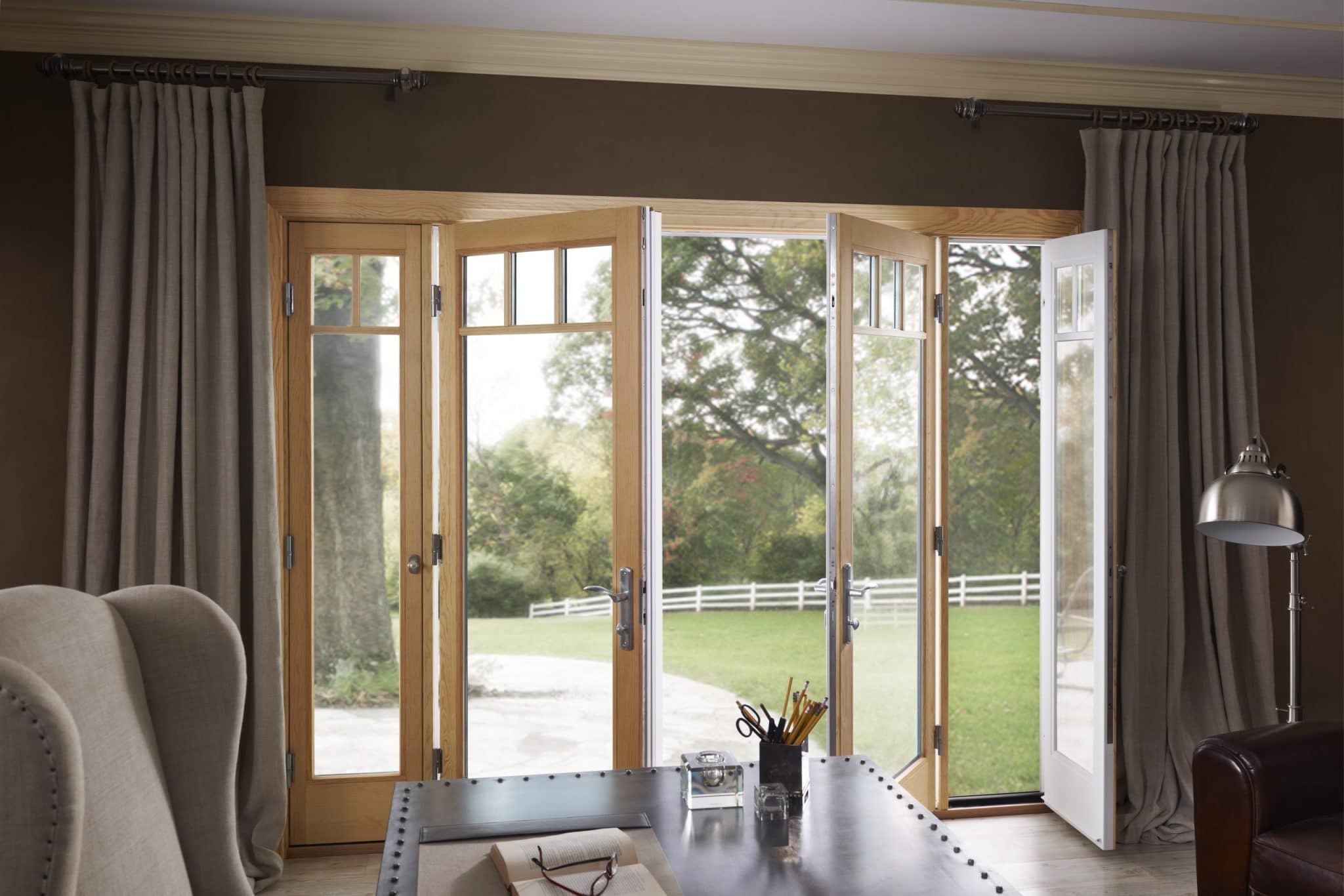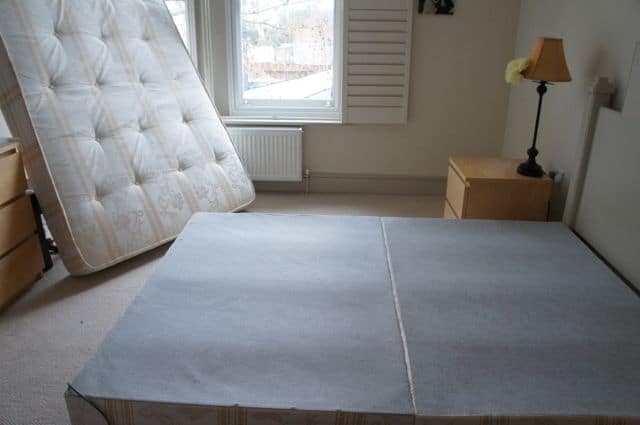Mould in Homes
How to Reduce the Risk of Mould
Mould is caused by excess moisture. This moisture can be caused by unusually high humidity (damp air), condensation, as well as leaky pipes and roofs. If the excess moisture is eliminated, so is the source of the mould.
Moisture Inside a Dwelling Increases:
- The risk of mould and bacterial growth
- The risk of ill health
- Damage to the structure of the property
- Damage to possessions
Reducing moisture will reduce the formation of mould.
There is a number of ways to reduce moisture in a house.
When Cooking
- Always use lids on pots and do not leave unattended
- Always use fans or range hoods when cooking
- These should be vented outside the building
Never Use Unflued Gas Heaters
- These can produce one litre of water for each hour of use
- They release nitrogen dioxide and carbon monoxide into the indoor air
- This can cause health issues for the young and old, as well as asthmatics
- These heaters have been banned in many countries due to their associated health risks
Extractor Fans in Bathrooms
- Showers introduce a large quantity of moisture into the air and this condenses on the ceiling and walls
- The colder the outside temperature, the more condensation there will be
- Have an extractor fan over showers and baths
- Shower domes also contain the moisture in the shower area
Avoid Drying Clothing Inside
- This introduces unnecessary moisture into the air
- Air drying is a healthier option as sunlight acts as a disinfectant on clothing
Clothes Dryers
- If these are front-vented, they should not be used inside but would be best in a garage with the door open
- If these are rear-vented, they should be connected and vented outside the building. This should be through the wall or out through the eves. The vent should not go into the wall cavity or ceiling space
Mattresses
We all sweat in our sleep, and the moisture created needs to go somewhere. Gravity pulls it to the
bottom of your mattress.
- Mattresses need to breathe/air out
- Mattresses are made to be placed on bed frames to allow the air to circulate around them – box bases are hollow to allow air movement under the mattress
- When your mattress is on the floor, the moisture is retained, and, combined with a lack of light, provides the perfect breeding ground for moulds and dust mites
- If directly on the floor, they should be lifted and aired in sunlight at least weekly
Condensation on Windows
This forms when warm moist air meets the cold glass surface.
Condensation is an 
- In the short term – the windows must be wiped dry each morning and then opened to allow the room to ventilate
- In the long term – Double glazing or a ventilation system would be beneficial
- The moisture levels will increase if condensation is left on the window, creating places for mould and fungi to grow
Fresh Air and Sunlight
- Ventilation is an essential component of keeping a home healthy and dry
- Air moving in from the outside of the house is drier than air on the inside (even on rainy days)
- Open two or more windows to encourage air movement that will reduce the build-up of moisture
- Having security stays or double latches will allow the windows to be open securely all day
Follow these steps to create a healthier and happier home!
Contact K2 Environmental if you require any moisture or mould testing.

